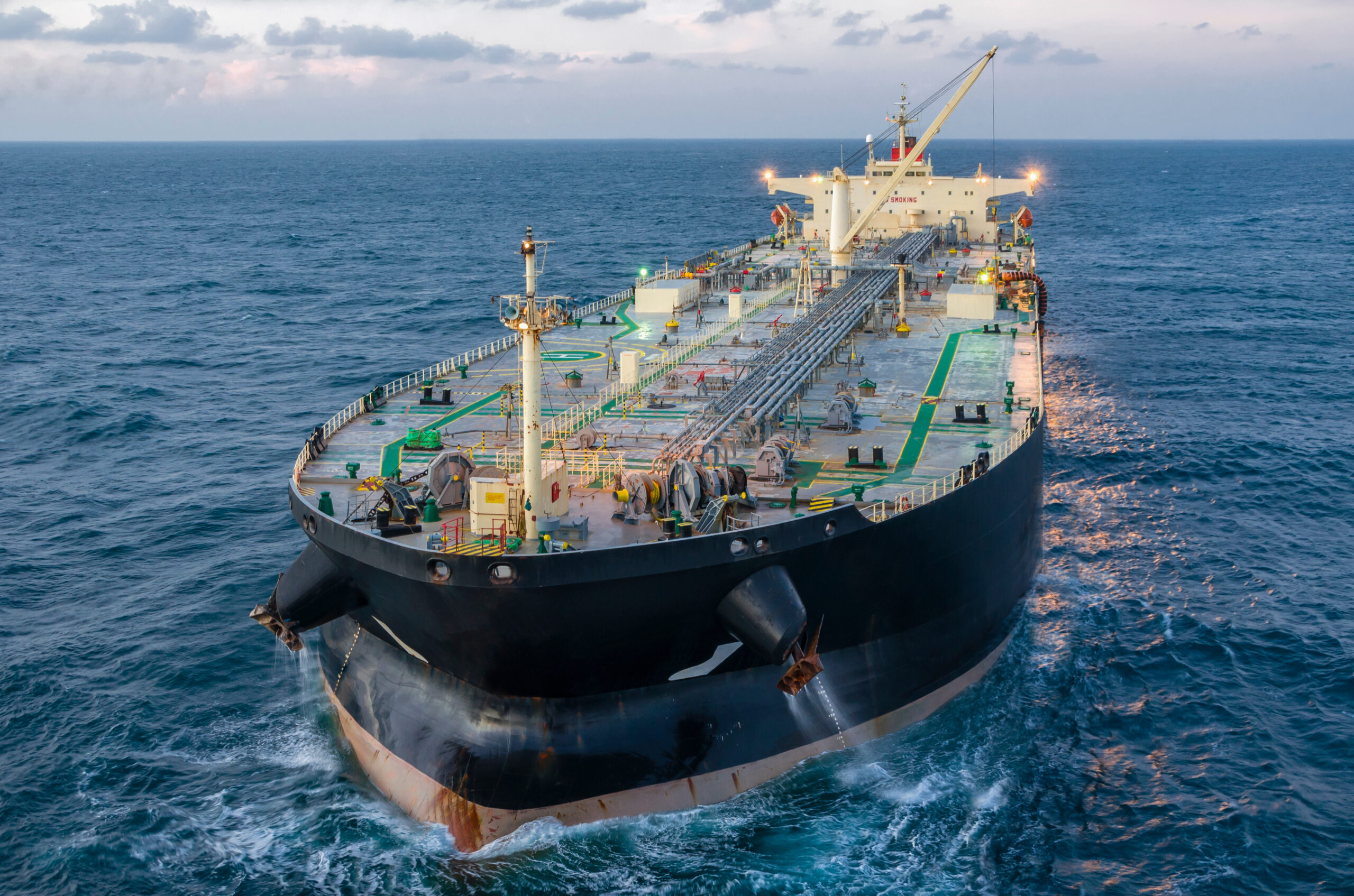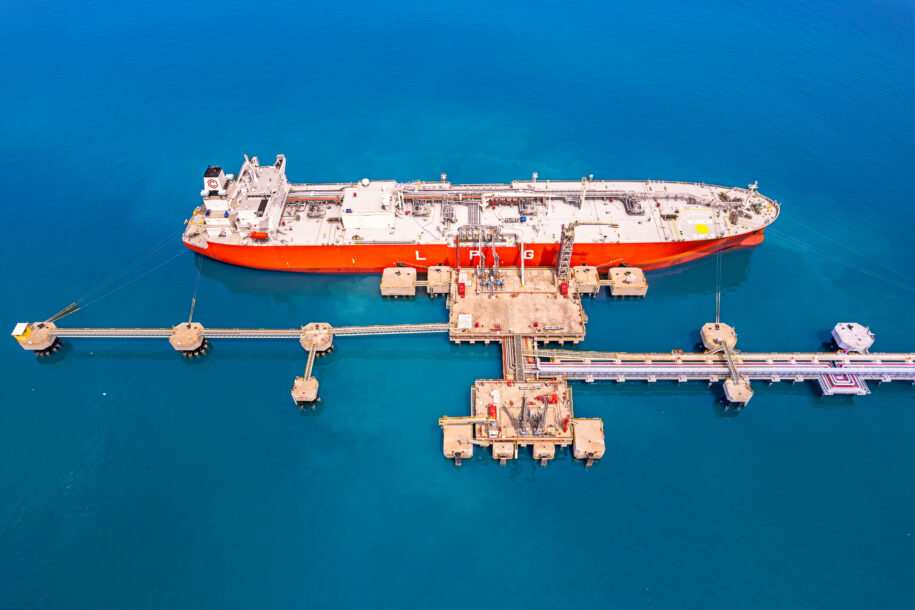The maritime industry is undergoing a transformative shift, with a growing emphasis on the human element as a critical factor in ensuring operational safety and efficiency. The introduction of SIRE 2.0 (Ship Inspection Report Programme) amplifies this focus by integrating comprehensive assessments of crew competency and behavior. When aligned with the International Maritime Organization’s (IMO) Standards of Training, Certification, and Watchkeeping for Seafarers (STCW), these measures elevate safety standards, particularly for high-risk operations like those involving LPG tankers.

The Role of Human Element in Maritime Safety
The human element encompasses the competencies, behaviors, and decision-making capabilities of individuals involved in maritime operations. It is widely acknowledged that human error remains a significant contributor to maritime accidents. Recognizing this, both IMO Safety Standards and SIRE 2.0 place a heightened focus on evaluating and enhancing the human factor to mitigate risks.
The IMO’s STCW Convention sets the benchmark for seafarer training, certification, and watchkeeping, ensuring that crew members possess the necessary skills to perform their duties safely. SIRE 2.0 complements this by introducing an in-depth, evidence-based inspection regime that scrutinizes crew competency, behavior, and adherence to best practices during ship inspections.
SIRE 2.0: A New Era in Ship Inspections
Managed by the Oil Companies International Marine Forum (OCIMF), SIRE 2.0 represents a significant evolution from the original inspection regime. While traditional inspections primarily focused on vessel hardware, the new program emphasizes the human element—a shift that aligns with IMO Safety Standards. Key features of SIRE 2.0 include:
- Crew-Centric Inspections: Inspectors evaluate the competency, decision-making skills, and situational awareness of crew members during real-time operations.
- Behavioral Analysis: Behavioral assessments provide insights into how crew members respond to routine and emergency scenarios, emphasizing teamwork, communication, and adherence to safety protocols.
- Evidence-Based Reporting: Comprehensive reports include observations on crew performance and provide actionable feedback for continuous improvement.
For LPG tankers, this shift ensures that human reliability becomes a cornerstone of operational safety, addressing the unique risks associated with transporting liquefied gases.
Key Competency Areas for LPG Tanker Crews
LPG tankers pose unique challenges due to the highly flammable nature of their cargo. Under SIRE 2.0 and IMO Safety Standards, crew competency in the following areas is critical:
- Cargo Handling and Management: Crews must demonstrate expertise in handling, loading, and discharging LPG safely. This includes familiarity with the IGC Code’s requirements for cargo containment systems, temperature control, and pressure monitoring.
- Emergency Preparedness: Effective responses to emergencies such as gas leaks or fires are essential. SIRE 2.0 inspections evaluate the crew’s ability to execute contingency plans, operate emergency equipment, and conduct regular drills.
- Operational Safety: Crews must adhere to the ISM Code’s safety management systems, ensuring compliance with procedures for ventilation, gas detection, and firefighting systems.
- Communication and Teamwork: Seamless coordination among crew members during critical operations is vital. SIRE 2.0 emphasizes behavioral assessments to identify gaps in communication and teamwork.
Bridging IMO and SIRE 2.0 Standards
The alignment between SIRE 2.0 and IMO Safety Standards creates a unified approach to enhancing maritime safety. This synergy benefits LPG tanker operations in several ways:
- Holistic Assessments: Combining the technical focus of IMO’s conventions with SIRE 2.0’s human-centric inspections provides a comprehensive safety framework.
- Improved Training: Insights from SIRE 2.0 inspections inform targeted training programs, ensuring crews are well-equipped to meet evolving industry expectations.
- Risk Mitigation: Enhanced focus on human reliability reduces the likelihood of accidents, protecting lives, cargo, and the environment.
Challenges in Implementing Human-Centric Standards
While the benefits are undeniable, implementing these standards comes with challenges:
- Training Costs: Comprehensive training programs and simulation exercises require significant investment.
- Global Standardization: Variations in the enforcement of IMO and SIRE 2.0 standards across regions can lead to inconsistencies in compliance.
- Technological Integration: Adopting advanced technologies for monitoring and training demands continuous upgrades and expertise.
The Way Forward
To fully leverage the potential of IMO Safety Standards and SIRE 2.0, the maritime industry must prioritize collaboration, innovation, and continuous improvement. Key steps include:
- Advanced Training Solutions: Leveraging simulators and AI-driven training modules can enhance crew competency and decision-making.
- Global Harmonization: Aligning regional enforcement practices with international standards ensures consistency in compliance and safety outcomes.
- Behavioral Research: Ongoing studies on human factors in maritime operations can inform policies and training methodologies.
Conclusion
The integration of the human element into IMO Safety Standards and SIRE 2.0 represents a paradigm shift in maritime safety. For LPG tanker operations, this focus on crew competency and behavior ensures a higher standard of operational safety, emergency preparedness, and environmental protection. By embracing these standards, the industry can achieve a safer, more sustainable future while meeting the demands of a dynamic global trade environment.
